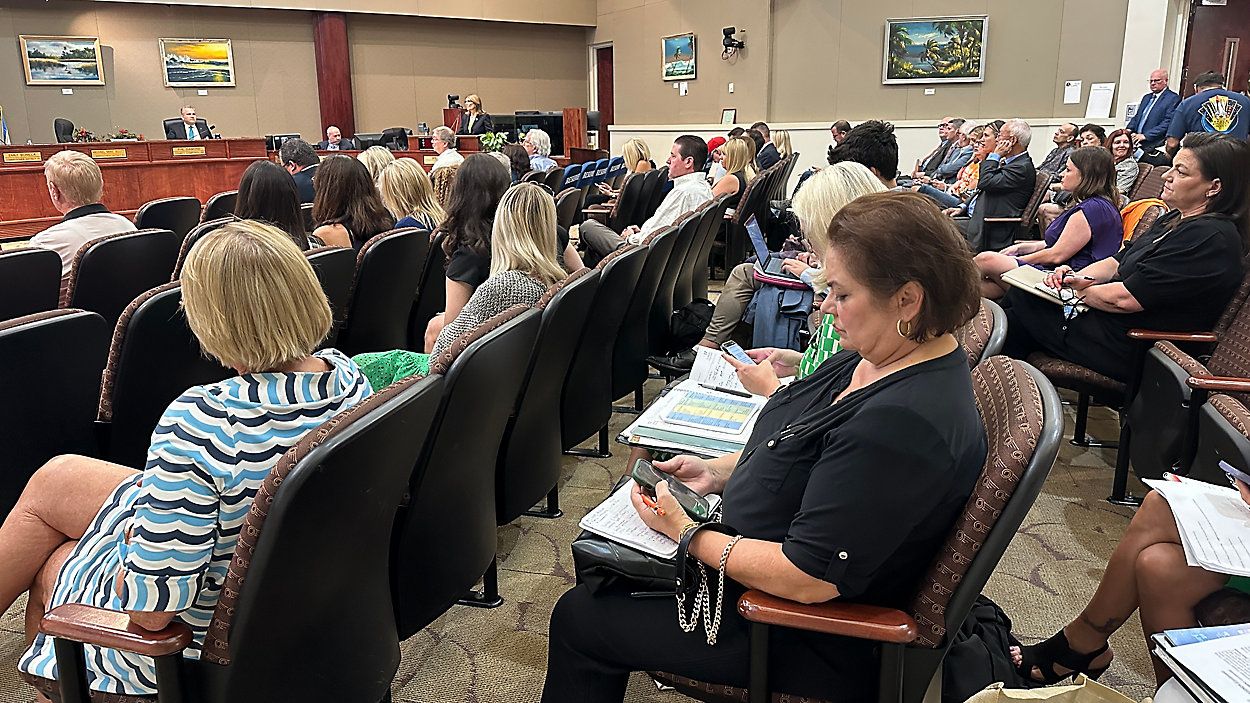ORANGE COUNTY, Fla. — A stay-at-home mom is considered a full-time job.
For Lauren Senninger, a senior attorney for the Department of Health, it’s one of her two full-time jobs.
What You Need To Know
- The COVID pandemic has kept many workers and children at home
- Some women are working from home, and caring for children at home, both full-time jobs
- Other women have been laid off or furloughed because of the pandemic
- The combined changes will force many women to reset their careers
“It’s being asked to do an impossible task,” says Senninger, whose daughter, Flowen, was born at the beginning of the pandemic. “I feel like that is what’s being asked of many of us as women right now.”
On top of that, a tornado hit Senninger’s downtown Orlando home, forcing her and her family to move out.
“She [Flowen] was 10 weeks old," Senninger says. “I was breast feeding in the car while I was watching my home get taken apart by the damage of the tornado the day after the storm hit.”
“We still have tremendous imbalance in the way that home and child care responsibilities are taken on by women,” says Dr. Leandra Preston-Sidler, a senior lecturer of women and gender studies at UCF.
Then there are the women who don’t have any job at all. Since the COVID-19 pandemic began, more than a half-million more women than men have lost their jobs or were furloughed.
Aside from schools closing at the end of the last school year, many day care facilities for children were also forced to close for most of 2020 because of the pandemic. Not only did this change cost women jobs, but it increased the number of women who had to start caring for children at home full time while also working.
“Never in a million years would I have foreseen schools closing for any reason,” Preston-Sidler says. “I never would have imagined it, much less child care. It really shook everything up.”
While Senninger works on having her home rebuilt after the storm, Preston-Sidler said she believes women across the country similarly will have to reconstruct their career paths.
“It is going to be increasingly challenging over the next few years as people try to regain their footing in the workforce,” Preston-Siidler says. “…There are still a lot of children that are not in school, and the future is so uncertain it is difficult for people to plan.”
Despite the advancement in the workforce women had achieved, the pandemic has stolen some of that momentum.
According to Dr. Preston, the industries most affected by the pandemic — hospitality, entertainment, and child care — are not only the slowest to rebound, but their workforces employ mostly women.
“This seems to be working backward, you know, pulling us back out, and so I think this is a whole new challenge for women,” Preston-Sidler says.










